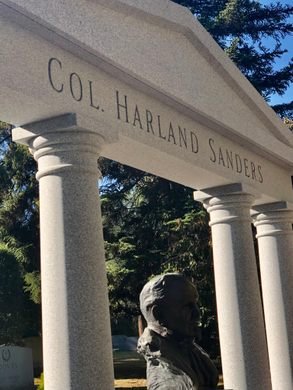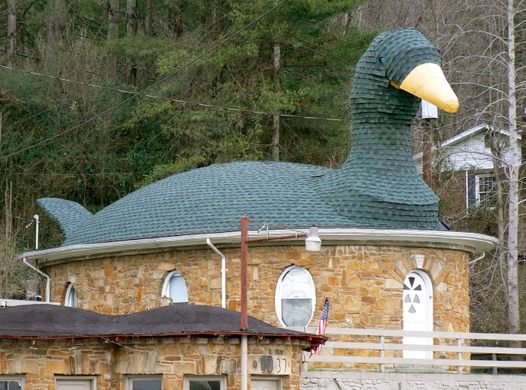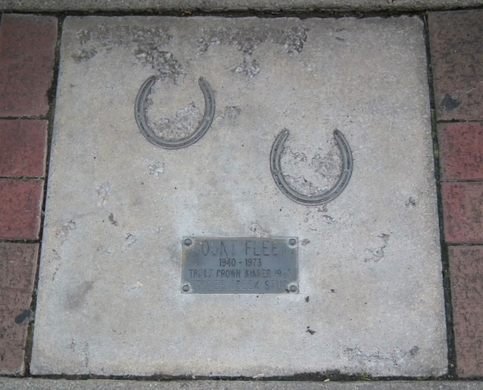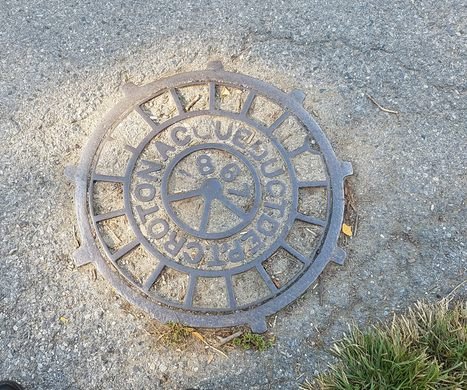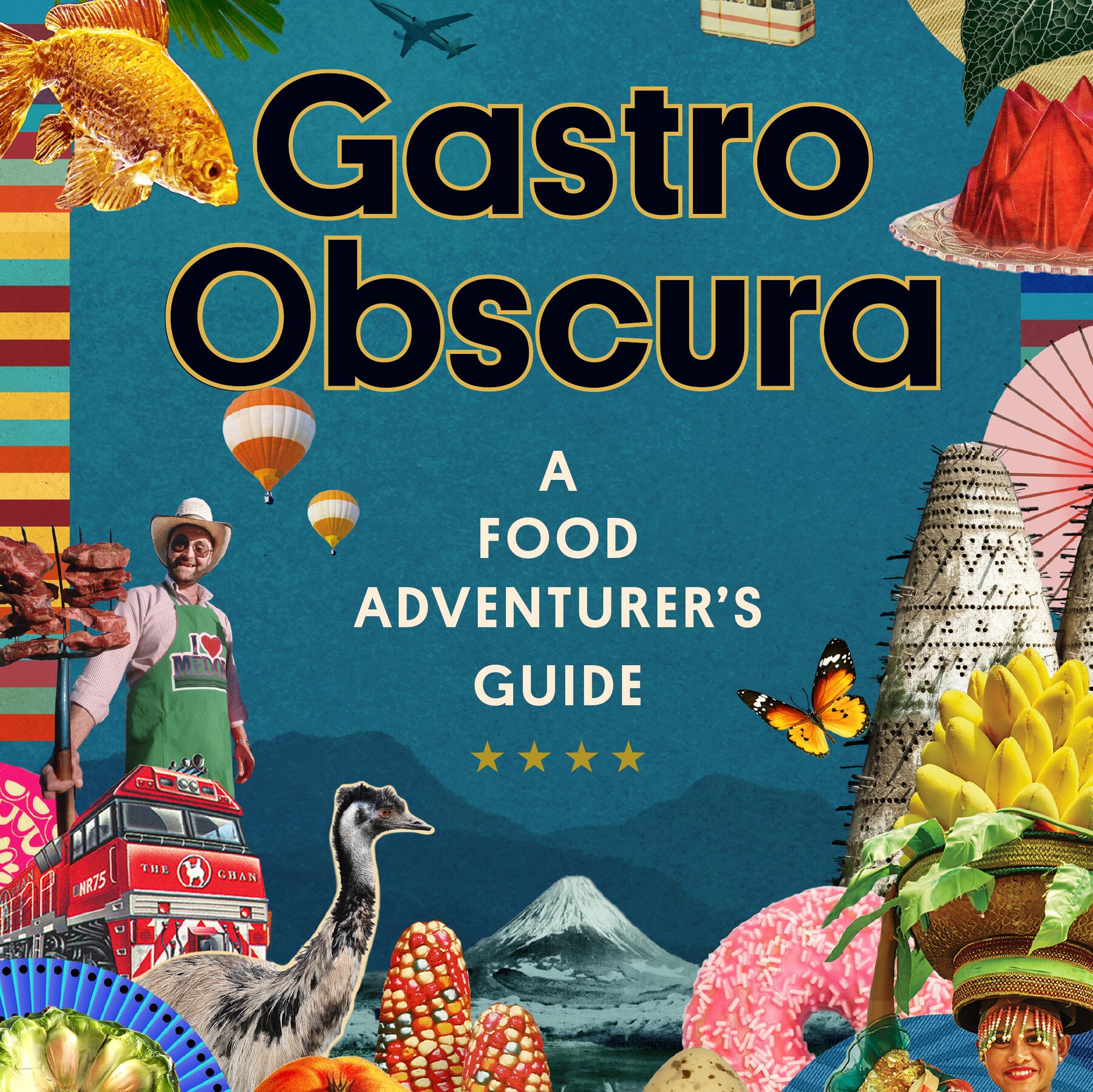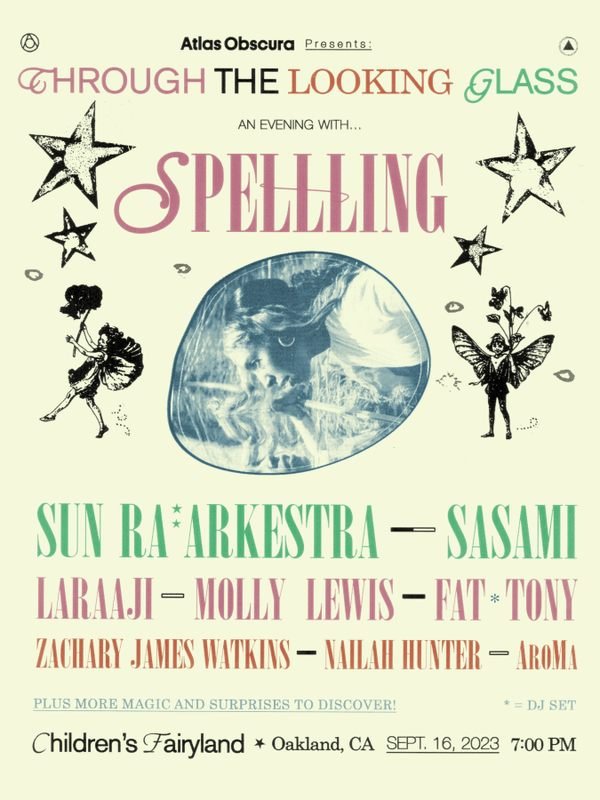DOWN THE OFF-BEATEN PATH
FIFTH AVENUE, MANHATTAN, JANUARY 16, 2007 — Ahem. Your attention please. The first meeting of the Athanasius Kircher Society will please come to order.
On this evening’s agenda: the advantages of the 28-hour day. “Romeo and Juliet” presented in Solresol, a language invented in 1827. And tributes to our hero, the 17th century Jesuit scholar, “the last Renaissance man,” who invented the cat piano, the sunflower clock, and the vomiting statue.
That first meeting of the Kircher Society turned out to be the last. But among the 400 in attendance were two journalists who have turned the whole world’s weirdness into a travel guide for the 21st century — Atlas Obscura.
Like Athanasius Kircher, Joshua Foer (above right) and Dylan Thuras were interested in everything. One had recently driven the U.S. in search of “tiny museums and eccentric outsider art.” The other was headed for Europe to do the same. So why not reach out to vagabonds like themselves, travelers weary of traditional travel, culture vultures in search of the world’s marvels.
“Our goal,” Foer and Thuras wrote, “was to create a catalog of all the places, people, and things that inspire our sense of wonder.”
Atlasobscura.com went online in 2009. It has since grown beyond a mere blog to include a podcast, a best-selling book, guided tours, online courses, and more. “A next generation National Geographic,” wrote Adweek, while the New York Times swooned — “sublime, ethereal, thrilling.” (Full disclosure — The Attic never goes anywhere without searching AO’s local oddities. How do you think Toad Suck, Arkansas landed up here?)
Atlas Obscura is not for the first-time traveler. If you’re finally headed for Paris, see the Eiffel Tower, the Louvre, etc. Save the Marquis de Sade’s house for a second visit. (Sorry, you’re too late to visit the Museum of Vampires, now closed.)
But if you’ve been around the block a few times, Atlas Obscura is “a cabinet of curiosities that is meant to inspire wonderlust as much as wanderlust.”
Pick a place, any place. Kentucky, say. Search Atlasobscura.com. From its depths come “72 Cool, Hidden, and Unusual Things to Do in Kentucky.“ You could have found Mammoth Cave on your own, but you’d have to be a native to know about Colonel Sanders’ Grave in Lexington, the Mother Goose House in Hazard, and the Horse Walk Hall of Fame in Paris (Kentucky, that is.)
Going down the off-beaten path, Atlas Obscura relies on a “global community of explorers,” fellow auteurs of the outré who pitch ideas from the planet’s remote corners, write them up for the site, and let curious readers dream on.
What began with a few dozen entries has grown into an online wunderkammer, a “cabinet of curiosities” like those collected by Athanasius Kircher and others, cabinets which grew into the first museums.
Always wondered where to find an underwater restaurant (The Maldives)? The heaviest ball of twine (Wisconsin)? America’s oldest manhole cover (Manhattan)? You’ll find them on Atlas Obscura, plus 26,000 other wonders, including extraordinary collections (the largest dog library in Europe), secret histories, catacombs and crypts, ghost towns and ruins, outsider art and just plain weird architecture. To wit:
Now that their quirky idea has grown into a travel trove, Foer and Thuras are taking Atlas Obscura onwards. Their new food spinoff, Gastro Obscura, celebrates wacky and wondrous foods from the off-beaten path.
A Swedish bar serving moose cheese? Arkansas’ World Champion Squirrel Cookoff? One South Carolina town’s annual Rolling in the Grits contest? Bon appetit!
But as Foer and Thuras know, weird is as weird does. So along with destinations, Atlas Obscura offers online courses, group experiences, and package tours. Fodors and Lonely Planet can guide you through L.A. but only Atlas Obscura will take you on a tour of the San Andreas Fault.
And if you live in NYC, SF, LA, Seattle, or another majorly hip American city, your local Atlas Obscura Society is taking members underground, behind the scenes, into the obscure and neglected.
You may choose to stay home this summer. You may choose to visit family, friends, familiar places. But if you seek the off-beaten path, Atlas Obscura is there to guide you. The site may owe its obscurity to an obscure 17th century scholar, but a more famous vagabond got there first.
“There are no foreign lands,” Robert Louis Stevenson wrote. “It is the traveler only who is foreign.”









